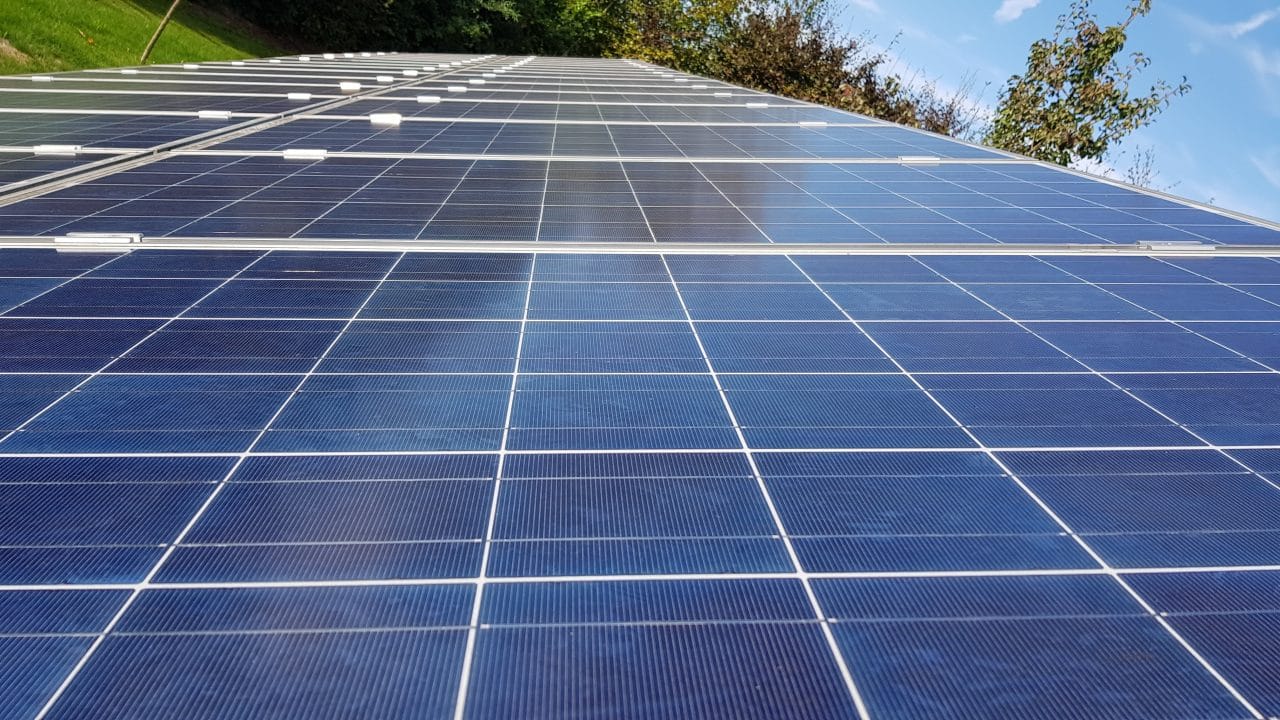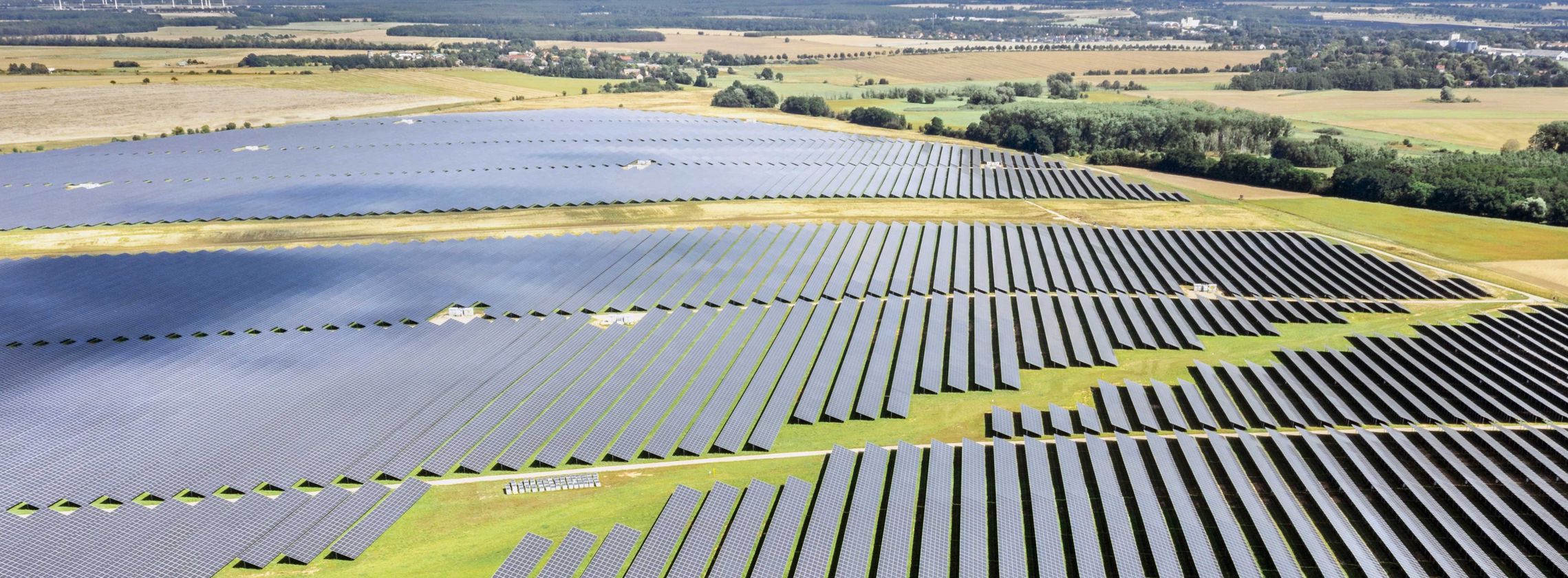
Coal prices have fallen to their lowest level since June 2021, primarily due to oversupply and subdued demand from China. Meanwhile, solar power capacity in China doubled that of coal power, with a 33.7% year-on-year growth rate. As China’s commitment to renewable energy strengthens, coal-fired power generation showed a modest 1.8% increase. In Europe, overstocking and lower-than-expected winter demand led to reduced coal imports in Q1 2023. Seaborne thermal coal prices in Asia also suffered due to weakened demand in Europe and falling liquefied natural gas (LNG) prices. This decline in coal prices reflects the global shift towards cleaner energy and the impact of green investments on the fossil fuel market.
- China’s solar power capacity has doubled that of coal power.
- The decline in coal prices is attributed to oversupply concerns and weak demand from China, the largest consumer of coal.
- Cheaper spot LNG prices and coal diversion from Europe have further contributed to the decline.
Coal market dynamics and the rise of renewables
Coal futures have extended losses, falling below $130 per tonne, marking their lowest level since June 2021. This decline is attributed to concerns of oversupply and persistently subdued demand from China, the largest consumer of coal. Chinese steelmakers have increased production in response to falling prices, while key coal-fired power plants accumulated record-high stockpiles by the end of May. China’s coal imports have also declined in May, reflecting sluggish economic recovery and weakened demand from the power and steel sectors.
Solar power capacity in China has reached twice that of coal power, growing at a rate of 33.7% year-on-year. China’s installed power generation capacity stands at 2.62 billion kilowatts, with non-fossil fuel energy accounting for 50.5% of the total installed capacity. In contrast, coal-fired power generation increased by only 1.8% in Q1 2023. This shift in power generation capacity highlights China’s commitment to transitioning towards cleaner and renewable energy sources, such as solar and wind power.
Europe’s influence on Asian thermal coal prices
Seaborne thermal coal prices in Asia have slumped to a two-year low, primarily due to weakened demand in Europe and falling LNG prices[3]. Indonesian and Australian thermal coal grades have experienced significant losses, with the Indonesian grade dropping 57% from its 2022 high. High-grade Australian thermal coal, mainly purchased by Japan, South Korea, and Taiwan, is now trading at a quarter of its record high.

Europe’s declining demand for thermal coal is impacting Asian seaborne prices, with regional swing suppliers like South Africa redirecting their exports back to Asia. European seaborne thermal coal imports are expected to reach the lowest levels in two years in June, while Asia’s imports from South Africa and the US are increasing. In June, Asia is projected to import nearly 4 million metric tons of coal from South Africa, compared to the 2.28 million metric tons in December. The decline in Asian coal prices is not driven by lack of demand but rather by cheaper spot LNG prices and the diversion of coal from Europe.
Global push towards clean energy
The decline in coal prices and the rise of renewable energy sources, particularly solar power, demonstrate the global shift towards cleaner energy and its impact on the fossil fuel market. China’s push towards renewable energy is driven by the need to address climate change. While coal power generation still plays a significant role in meeting energy demands, the rapid growth of solar power capacity shows China’s commitment to transitioning to a greener and more sustainable energy future.
As countries around the world continue to invest in green energy solutions, the demand for fossil fuels such as coal will decrease. Technological innovation and advancements in renewable energy sources are expected to optimize performance and expand their range of applications in the market. This ongoing shift towards cleaner energy solutions will likely have a lasting impact on the fossil fuel market and further drive down the price of coal in the coming years.







